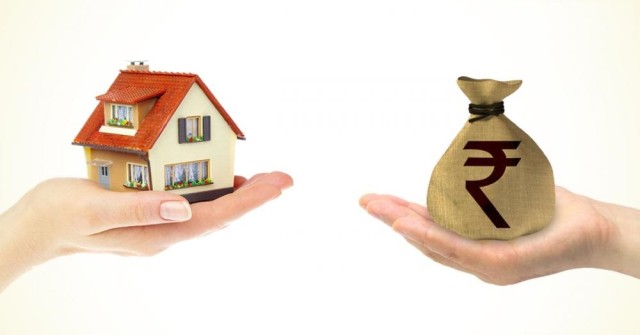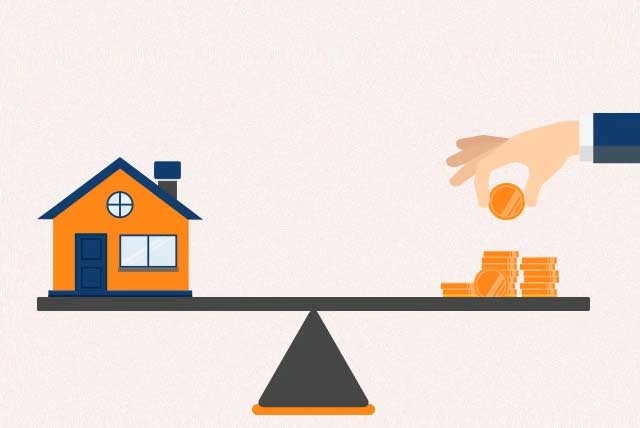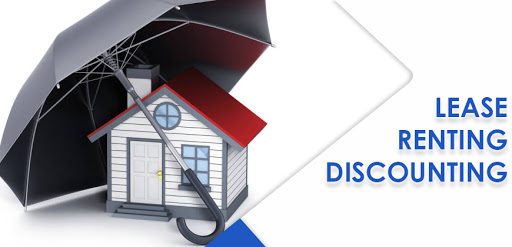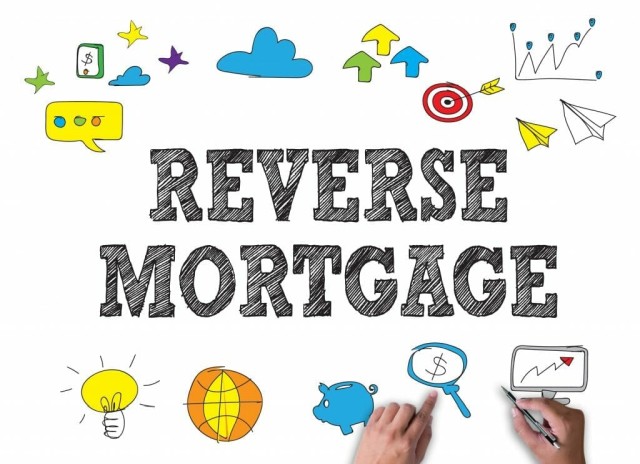 There are various ways in which a Borrower can raise Equity against his property. It can be in the form of Term loan or Overdraft as follows:
There are various ways in which a Borrower can raise Equity against his property. It can be in the form of Term loan or Overdraft as follows:
Features:
This is the most basic and common type of Home Equity loan which has following features:
♦ Fixed term loan wherein a fixed EMI is paid every month and the principal gets amortized over the loan period
♦ EMI is paid on monthly reducing basis, which means principal gets reduced gradually every month
♦ Taken to fund a one time Investment / Expenditure requirement.
Purpose:
The funds are paid in the hand of the property owner and can be used for legitimate purpose as follows:
♦ Business Expansion for working capital or for buying machinery / raw materials etc.
♦ Children Education
♦ Marriage Expenditure
♦ Acquiring any long term capital asset like Car, household goods etc.
♦ Any Medical expenditure
♦ Funding your dream vacation
♦ Any other capital expenditure
Maximum loan:
♦ Upto 70% of the market value of property depending on Bank policies and based on the repayment capacity of the borrower
Maximum Term:
♦ Upto 15 years depending on borrower profile and Bank policies
Property Type:
♦ Residential or Commercial or Industrial properties or even vacant plots can be taken as a security. Usage of the property can be self-occupied or in self-usage, let-out or vacant as the case may be.
Rate of Interest:
♦ All Banks link their interest rates to external Benchmark rate of RBI - Repo Rate
♦ At present Home Loan rates vary from 9% to 11% depending on Loan Amount, CIBIL Score, Income Profile and the Lender.







 Features:
Features:
